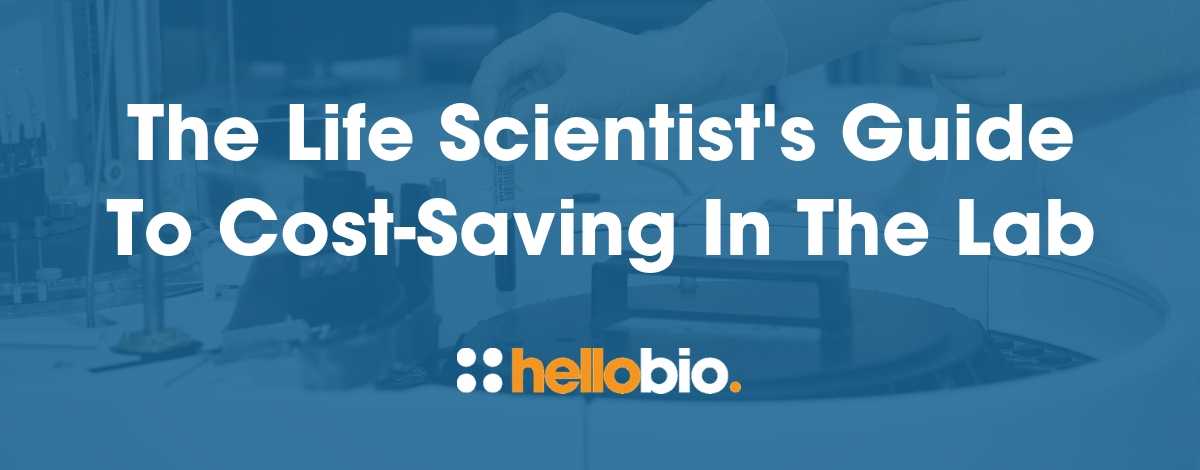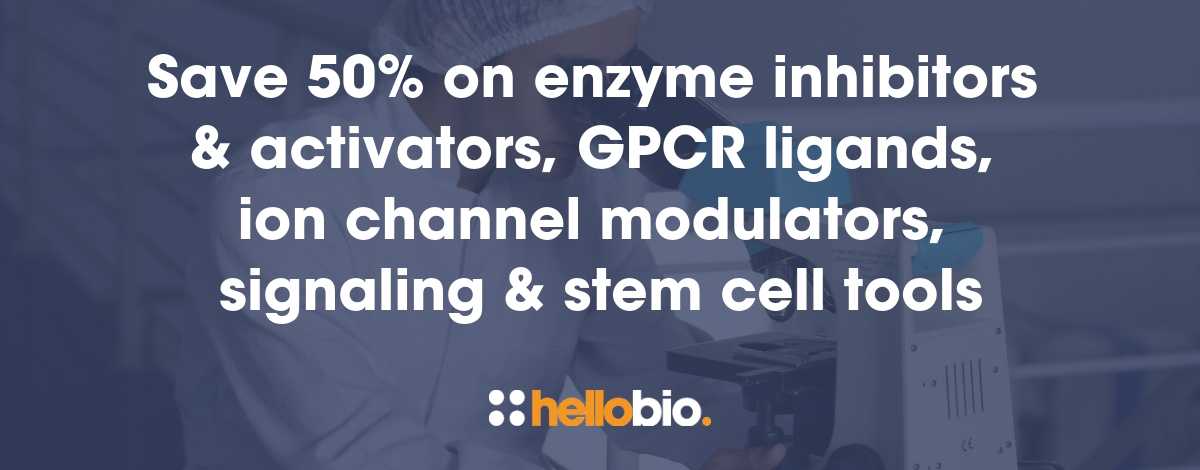Learning to make your CASE to policymakers
by Caitlin Burgdorf, BS (PhD candidate at Weill Cornell Medicine)
Public trust in scientists has remained high over the past several decades, with 79% of Americans claiming they have confidence that scientists act in the best interest of the public. On the contrary, only 25% of Americans report having confidence that elected officials act in the best interest of the public (Source: Pew Research Center). As scientists, we have a responsibility to engage with policymakers to encourage data-driven policy and sustain scientific funding.
Advocating for more scientific research funding is a consistent issue, but science advocacy goes well beyond lobbying for more funding. Although Congress has a record number of elected officials with a scientific or engineering background, scientific evidence is not fully incorporated into policy, and science is instead becoming treated as an interest group.
To ensure science is not neglected in the political system, we as scientists need to learn to effectively engage with policymakers. There are ample opportunities for scientists to attend science advocacy workshops and learn best practices for this. For example, the following practices were discussed at the recent ‘Catalyzing Advocacy in Science and Engineering (CASE)’ workshop hosted by the American Association for the Advancement of Science to instruct early career scientists on the best ways to effectively communicate evidence-based research within policymaking systems.
1. Get educated on the issues
Science is only one of many issues considered in the policy-making process. On a daily basis, policymakers are expected to make decisions on a wide variety of topics while taking into consideration economic, social, and demographic factors. Consequently, scientists should also accept this diverse political environment as a challenge and educate themselves on other political areas that may interact with their scientific message. In this way, scientists can also inform politicians on the ways in which these issues fit within the bigger picture of policymaking.
Since the priorities of every politician are dominated by current events, it’s vital to understand how your particular scientific issue is influenced by other world happenings. There are a multitude of resources that can help you become educated on political issues, including those with a scientific focus. On topic-specific issues, you can choose to receive updates on political issues facing relevant scientific agencies and societies. Early career scientists can also become a part of a bigger group of science advocates by getting involved in the National Science Policy Network which offers resources and programs to encourage science advocacy at a local and national level.
Just like all people, policymakers are limited by how much information they can process and incorporate into their decisions. Learning which goals to prioritize based on the needs of the issue at hand can help streamline your conversation.
In order to ensure your message is well received, it’s also important to research the personal background, voting history, and political profile of your audience. This will ensure you have some idea of the interests, values, and concerns that the policymaker may be facing. Knowledge of your audience may also inform you of their current level of understanding on the scientific topic.
2. Learn to communicate like a politician
There is a significant cultural divide between scientists and politicians when it comes to communication. Scientists ask “Why?” while politicians ask “Why should I care?” If you frame your pitch in this way, policymakers are much more likely to engage in your message.
To avoid this divide, it is important to establish values prior to stating the technicalities. Values and motives which draw on emotions and beliefs are much more compelling to policymakers than data, which should only be brought into the discussion if asked. Using narratives to draw on your audiences’ experiences and narratives can have tremendous influence over their resulting policy conclusion. Representative Sherwood Boehlert once advised that: “It’s important to remember that not all people will reach the same policy conclusion based on the same scientific information – even if they understand and accept that information.”
When communicating to policymakers, your message should first be introduced with your bottom line, why it matters, and lastly, supporting details. When developing your message, it is important to remember the ‘3 Ms’.
- Miniature: Refine your statement to 3 easy-to-remember key points that are able to be expanded upon
- Memorable: Use stories to make your message emotionally charged, and weave the purpose of your meeting into a compelling narrative
- Meaningful: Keep the language audience-specific and encourage a shared discussion as opposed to a one-way lecture
3. Become involved in political issues locally and early
No matter the issue, all politics has some local influence. Policymakers are not only invested in their constituents because of their political duty, but also because their constituents’ opinion keeps them in office. As a result, you will have the most impact on political decisions by speaking to members within your district. In fact, a majority of Congress members say that an in-person visit from a constituent has the largest influence on their political decisions.
Governmental agencies work on a very particular time schedule to implement policy changes into the new federal budget. Agencies start the preparations for budget requests 18 months in advance of budget approval. As a scientist, you can have the most impact on policy budget changes by developing a consistent, long-term relationship with your district’s governmental office and engaging with policymakers at the right times of the budget planning process.
What did I take from the AAAS CASE workshop?
By attending the AAAS CASE workshop, I gained insight into the inner workings of government and was exposed to the unique perspectives government officials value when making policy decisions. Personally, I plan to implement these objectives by making more frequent visits to my local Congresswoman’s district office in order to establish myself as an approachable scientific resource. In this way, I believe I can make the biggest impact on evidence-based policy.
__________________________________
Caitlin Burgdorf is a researcher working at Weill Cornell Graduate School of Medical Sciences. She is researching the effect of genetic variability in the endocannabinoid system on mesolimbic dopamine function and vulnerability to THC-seeking behavior in adolescent mice.
You can follow Caitlin on Twitter at @CaitlinBurgdorf
Read Cailtin’s interview with us here
__________________________________
If you enjoyed reading this article, why not check out the other resources available on our blog. We're passionate about supporting early career life scientists and PhD students - with affordable reagents and biochemicals, travel grants, and resources to help with both personal and professional development. We know how tough it is - so we hope you find these helpful!
Advice & guidance for life scientists
Click below to view our of essential guides and articles includes to support life scientists, PhD students & early career life scientists:
Wellbeing for scientists
Click below for our resources to help improve your wellbeing:
Travel grants
Every month we give away $500 to PhD students and Postdocs so that they can attend a scientific conference - click below to find out more:
Technical resources
Try our Molarity Calculator: a quick and easy way to calculate the mass, volume or concentration required for making a solution.
Try our Dilution Calculator: an easy way to work out how to dilute stock solutions of known concentrations
Click below to see our Mini-reviews, Pathway Posters & Product Guides: a set of technical resources to answer your questions on a wide range of topics and to help you get started quickly.
And - when you get to the stage of planning your experiments, don't forget that we offer a range of agonists, antagonists, inhibitors, activators, antibodies and fluorescent tools at up to half the price of other suppliers - click below to see how we compare with other suppliers:






















